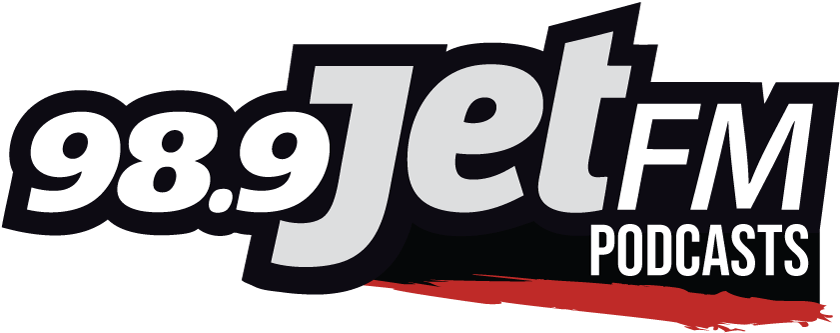Student exclusion is a province-wide issue.
So says the BCEdAccess Society.
It notes that every school district in B.C. had a report of a student being excluded from school last year.
Since Sept. 4, 2018, the society has been collecting data on the exclusion of students with disabilities from schools in B.C.
See the report here.
As of June 2019, it had 492 reports with 3,610 instances where students were excluded from school.
A total of 96.3 percent of students were from public schools and 1.8 percent from independent schools.
The society says autism spectrum disorder is the designation of the students most excluded with 71.1 percent reported.
Its founder and chair Tracy Humphreys said there is no easy fix.
“It’s such a complicated answer and it depends on the school district because every school district has their own processes. They have their own way of handling inclusion in the first place,” she said.
Humphreys added that districts “need to look at the students they are excluding and they need to actually acknowledge that it is happening and start tracking it on their own at the school level and at the district level.”
“Then they can examine why; why are these choices being made, what other choices could they be making instead, what sorts of things could be put in place so these things don’t happen.”
Types of exclusion reported to the society included:
- being asked not to bring their child for the first one to four weeks of school;
- is only allowed to attend two hours per day;
- is not allowed to attend until there is an EA in place;
- missing a half day weekly;
- excluded because of bullying or other safety concerns;
- If parent can attend, child can attend, but if not, child cannot attend as there are no supports;
- can only attend a short part of the day; no plans to extend the time because there is no staff;
- not enough funds to support child full time;
- excluded from every field trip so far;
- excluded from all extra-curricular activities;
- excluded from course because the course materials are not adapted; and
- excluded from elective high school courses.
Humphreys said a solution would be to have one model to train educators on how to help students with disabilities.
“In a lot of districts I think it’s the same need: not only more staff but also more staff with the appropriate training. There are varying levels of training that staff receives. EA’s, for example, all over the province… there are so many programs of different lengths with different qualifications and they are all learning different things and that’s problematic. There should be a province-wide standard and that lives more at the provincial level.”
Staffing levels are also an issue, Humphreys said: “In the school districts, they are really lacking a lot of specialist teachers, counsellors… the kinds of people who can support students, so that they can remain in school and regular classroom teachers can manage rather than being overwhelmed by these larger class sizes and many kids with different needs.”
She said students with physical disabilities are also being excluded, due to, for example, a lack of wheelchair accessibility at some schools.
BCEdAccess Society is an entirely volunteer-run group serving families of students with disabilities and complex learners across B.C.
Its parent support group has more than 1,800 members.






